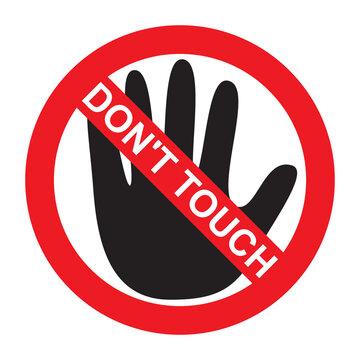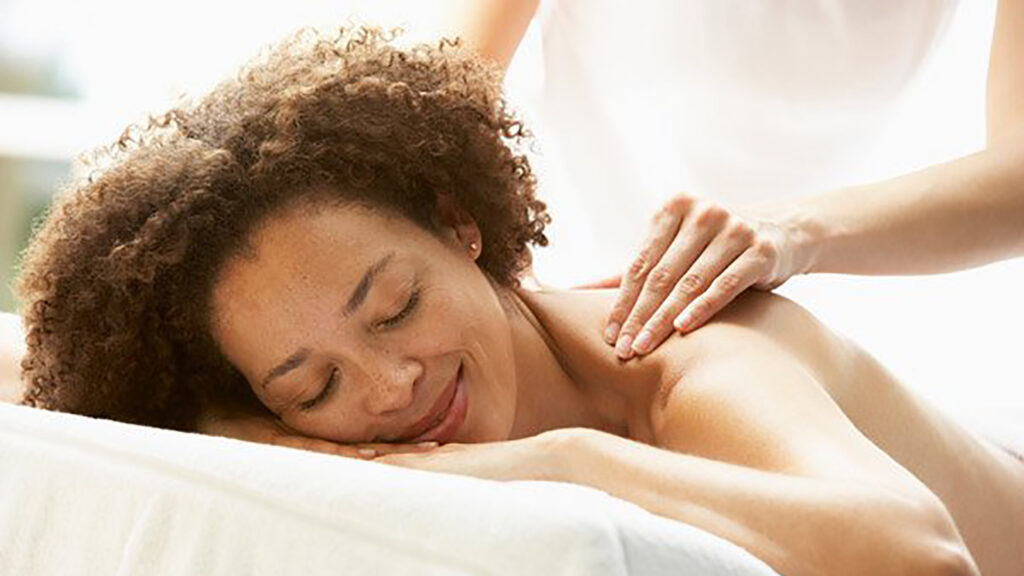Understanding the Touch Crisis in Modern Society
In 2025, self-care is no longer just about green smoothies and gym memberships—it’s about reclaiming our most basic human need: touch. The “Touch Crisis” refers to a growing phenomenon of physical touch deprivation, particularly in the wake of digital overload, social distancing, and a rising preference for virtual interactions. More people are feeling isolated despite being constantly “connected,” and this lack of human contact is beginning to show significant consequences on both physical and emotional well-being.
The Decline of Physical Touch in a Digital Age
While technology has enhanced communication, it’s inadvertently replaced physical presence with screen time. As remote work becomes the norm and AI-powered communication expands, people are hugging less, shaking hands less, and even skipping basic physical interactions like patting a friend’s back.
This loss is subtle, but real. A 2024 global wellness study revealed that over 60% of adults under 35 report fewer than two instances of meaningful physical touch per week. This reduction isn’t just emotional—it’s biological.

Psychological and Physiological Impacts of Touch Deprivation
Touch deprivation triggers the brain’s stress response. Without positive physical contact, cortisol levels rise, increasing anxiety and emotional dysregulation. In the absence of regular tactile stimulation, people can experience:
- Heightened stress and irritability
- Increased risk of depression
- Sleep disorders
- Weakened immune response
- Decreased oxytocin and serotonin levels
In short, we are wired for touch—and without it, our systems suffer.
Massage Therapy as a Revolutionary Form of Care
With this backdrop, massage is no longer a spa luxury. It’s becoming a lifeline.
Historical Importance of Human Touch in Healing
Touch-based healing practices date back thousands of years. Ancient Chinese, Egyptian, Indian, and Greek civilizations used massage as a cornerstone of medicine. Hippocrates, the “Father of Medicine,” advocated for the practice as a vital form of healing.
In every culture, touch has been revered not just for relaxation, but as an energy exchange and therapeutic modality.

Modern Massage as a Therapeutic Necessity
Fast forward to 2025, and licensed massage therapists are increasingly collaborating with doctors, psychologists, and physical therapists. From veterans with PTSD to athletes recovering from injury, massage is a recognized tool for both physical and mental recovery.
This reclassification—from indulgent to essential—marks a major shift in how society views self-care.
Scientific Benefits of Therapeutic Massage
Mounting clinical evidence shows that therapeutic massage isn’t just feel-good fluff—it changes the body at a cellular level.
Hormonal and Nervous System Regulation
A single massage session can:
- Lower cortisol levels
- Boost serotonin and dopamine (feel-good hormones)
- Activate the parasympathetic nervous system (rest and digest mode)
- Improve vagus nerve tone (linked to emotional resilience)
This physiological reset can counterbalance the stress response in profound ways.
Chronic Pain, Tension, and Stress Relief
Massage has proven benefits for:
- Fibromyalgia
- Tension headaches
- Sciatica
- TMJ disorders
- Carpal tunnel
- Lower back pain
Regular sessions can reduce dependency on pain medications and enhance mobility.
Massage and Sleep Quality
Touch-based therapies help regulate melatonin production and promote deep rest. Many people report improved sleep, fewer nighttime awakenings, and more vivid dreaming after massage therapy.
Why 2025 Is the Tipping Point for Self-Care Evolution
The global trauma of the pandemic, followed by years of high-paced digital hustle, has left people craving authenticity, slowness, and presence. Massage offers all three.
From Hustle Culture to Holistic Health
We’re witnessing a shift. More individuals are leaving behind toxic productivity models and embracing balance. Massage is part of this shift—valued not as a one-off pampering session, but as a form of preventative medicine.
Economic Accessibility and Innovations in Wellness
Thanks to app-based platforms like Soothe, Zeel, and community massage schools, access to affordable care is improving. Subscription-based massage services, employer wellness programs, and even on-demand mobile massage trucks are making the practice more inclusive.
Different Types of Massage for Every Lifestyle
Whether you’re an athlete, a corporate worker, or a stay-at-home parent, there’s a massage for you.
Swedish, Deep Tissue, Shiatsu, Thai, and Lymphatic
| Type | Best For |
|---|---|
| Swedish | Relaxation, anxiety, and general wellness |
| Deep Tissue | Chronic pain, muscle stiffness |
| Shiatsu | Energy flow, acupressure-style therapy |
| Thai | Flexibility, joint mobility |
| Lymphatic | Detox, post-surgical care, fluid retention |
At-Home Massage vs. Spa Experience
While spas offer ambiance and amenities, at-home massages deliver unmatched comfort and convenience. More people are choosing to integrate massage into their homes, even converting rooms into mini wellness sanctuaries.
Emotional Wellness and the Human Connection
Massage transcends the physical. It reconnects people to their bodies and to others in deeply healing ways.
Trauma-Informed Massage Practice
For survivors of abuse or medical trauma, touch can be triggering. A trauma-informed therapist creates a safe, consent-based environment that allows the client to reclaim their body on their terms.
Touch as a Language of Safety and Care
Touch is the first language we learn. Safe, intentional contact releases oxytocin, known as the “love hormone,” fostering feelings of trust, bonding, and calm.
How to Incorporate Massage into Your Self-Care Routine
Self-care only works if it’s sustainable. Massage is most effective when it becomes part of a regular rhythm.
Setting a Budget and Finding the Right Practitioner
- Use platforms like Thumbtack, Zeel, or local wellness directories.
- Ask for certifications and look for trauma-informed or medically trained therapists.
- Look into employer health savings accounts (HSAs) that cover massage.
Frequency, Timing, and Ritualizing the Experience
- Monthly massages are ideal for maintenance.
- Bi-weekly if managing chronic pain or stress.
- Combine with breathwork or meditative music for deeper healing.
Addressing the Skeptics: Is Massage Really That Radical?
Some might say massage is just pampering. But in an overstimulated, touch-starved world, making time for massage is, in fact, an act of radical defiance against burnout culture.
Cultural Taboos and the Sexualization of Touch
Unfortunately, touch is often misunderstood or hypersexualized. Educating the public and promoting ethical practices can reclaim massage as a legitimate, non-sexual healing tool.
Wellness Elitism and Class Barriers
Massage shouldn’t be a luxury for the elite. Community-based services, education, and insurance support can help democratize this essential care.
Frequently Asked Questions About Massage Therapy
Q1: Is massage therapy covered by insurance in 2025?
Yes, many health plans now cover therapeutic massage for conditions like chronic pain and anxiety.
Q2: How often should I get a massage?
Monthly is ideal, but frequency can vary based on personal goals and physical needs.
Q3: Can massage help with mental health?
Absolutely. Massage supports anxiety relief, emotional grounding, and trauma healing.
Q4: What should I wear during a massage?
Wear what feels comfortable. Most sessions offer privacy and draping options.
Q5: Is there such a thing as too much massage?
Yes, daily deep tissue massages may be excessive. It’s best to work with your therapist to find a balance.
Q6: Are there mobile massage options in 2025?
Yes, mobile massage services have expanded significantly, offering convenience and privacy at home.
Conclusion: Embracing the Radical Simplicity of Touch in 2025
The Touch Crisis has reminded us of something ancient and sacred—that human connection begins with presence and contact. In a world where everyone is plugged in but touched out, booking a massage in 2025 isn’t just self-care—it’s soul care. It’s a radical act of reclaiming our humanity, one therapeutic touch at a time.
Leave a Reply